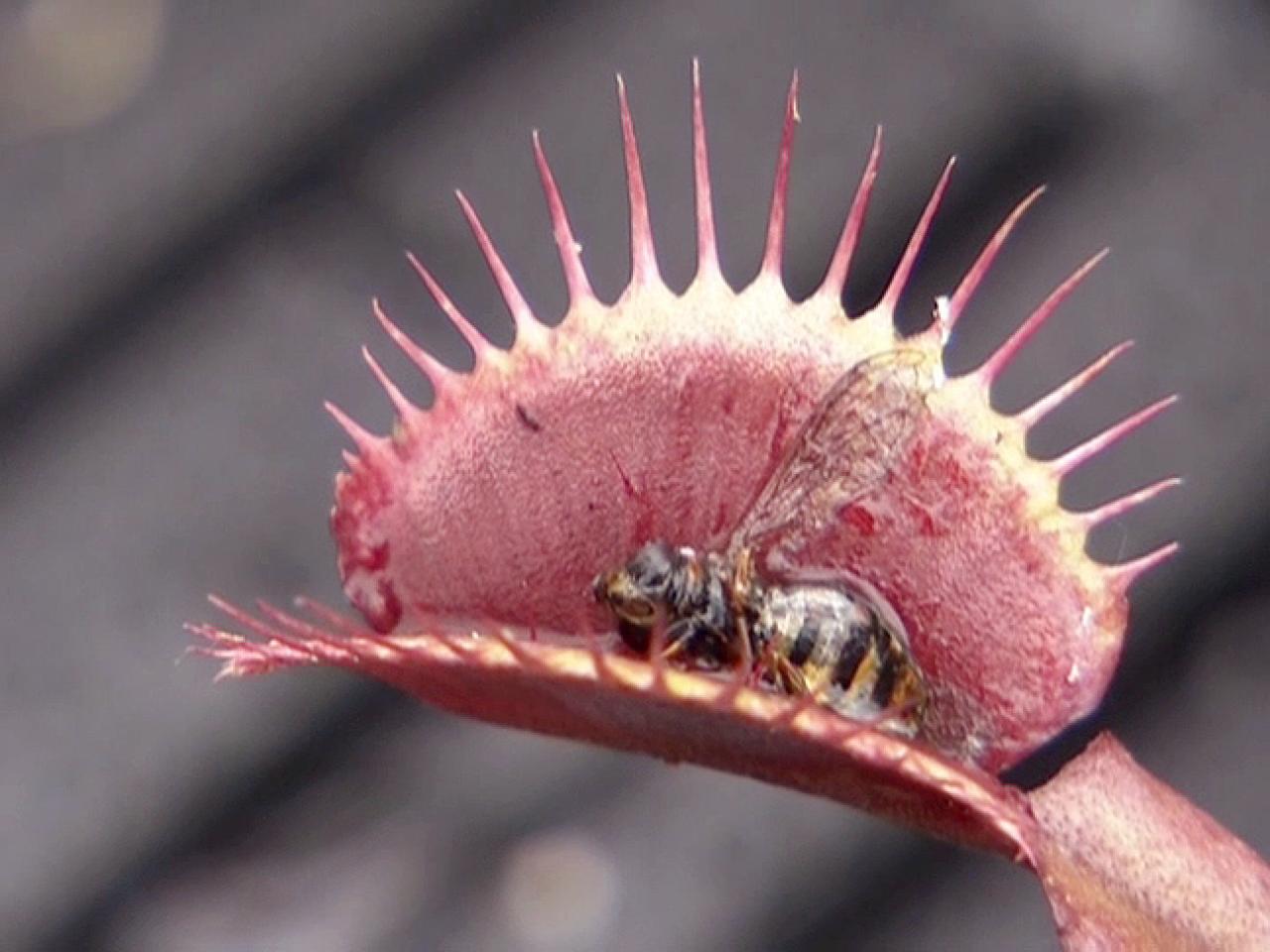Venus flytraps and pitcher plants are two types of carnivorous plants that differ in appearance, habitat, and method of trapping prey. Venus flytraps have green, triangular leaves with hinged traps that snap shut when triggered by small insects. Pitcher plants resemble a vase or tube, come in various shapes and colors, and have a larger, open cavity to trap a wider range of prey, including spiders, snails, and even small mammals. Venus flytraps are native to North Carolina, while pitcher plants have a wider distribution and are found in wetlands around the world.
Venus Flytrap vs. Pitcher Plant: The Battle of the Carnivorous Plants
Carnivorous plants are an unusual type of flora that have captured the attention of scientists and nature enthusiasts alike for centuries. Two of the most popular carnivorous plants are Venus flytraps and pitcher plants. Although they share the commonality of being carnivorous, they differ in their appearance, habitat, and method of trapping prey. Here is a comprehensive comparison between these two fascinating plants.
Appearance
Venus flytraps have a distinct appearance characterized by their green, triangular leaves that are lined with sharp hairs. At the center of each leaf is a pair of hinged traps that snap shut when triggered by prey. These traps are bright red and have short, stiff hairs on the inner surface, which prevent trapped insects from escaping.
Pitcher plants, on the other hand, have a more elongated shape and resemble a vase or a tube. They come in a variety of shapes and colors, with some being tall and slender and others being wide and open. The interior of the plant is lined with a slippery surface and equipped with downward-pointing hairs or spines that prevent prey from climbing out once they have entered.
Habitat
Venus flytraps are native to North Carolina, where they grow in swampy areas with high humidity and nutrient-poor soil. They prefer bright, direct sunlight and thrive in areas with a large insect population. Despite being limited to this region, Venus flytraps are now cultivated all over the world and have become popular houseplants.
Pitcher plants have a wider distribution and can be found in wetlands throughout the world, from Southeast Asia to North America. They grow in bogs, swamps, and other marshy habitats, and are adapted to thrive in acidic soils with minimal nutrients. Some species of pitcher plants even grow in sandy or rocky soils, indicating their remarkable adaptability.
Prey
Venus flytraps are selective eaters and feed mostly on insects that are small enough to fit inside their traps, such as ants, flies, and beetles. Their traps do not close when triggered by inanimate objects or small creatures, thereby conserving energy for more worthwhile prey.
Pitcher plants, with their larger size and varied shapes, are capable of trapping a wider range of prey. They consume not only insects but also spiders, snails, and even small mammals that fall into their large, open cavities. Some species of pitcher plants even have a slippery rim to prevent larger animals from crawling in and damaging the plant.
Conclusion
The Venus flytrap and the pitcher plant are both fascinating examples of carnivorous plants that have adapted to unique environments and evolved different methods of capturing prey. While Venus flytraps are known for their distinctive appearance and sensitivity to small insects, pitcher plants are impressive for the size and diversity of their prey. Regardless of their differences, both of these plants are a testament to the wonders of nature.
